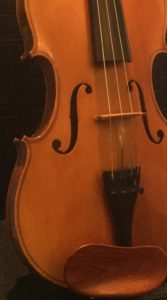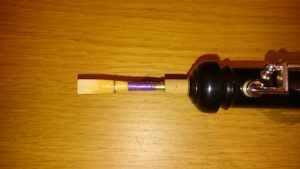
Focal Dystonia (Musician’s Cramp) is a neurological disease that causes involuntary muscle contractions, it is estimated to affect approximately 10,000 musicians worldwide.
The condition occurs when the brain sends incorrect information to the muscles and is thought to be due to a blurring of the areas in the brain responsible for the affected body part. The disorder is believed to result from repetition of specific tasks and usually occurs in musicians of a high level, who have intensively practised their instruments over a number of years.
Triggers
Musician’s dystonia can be triggered by:
• A sudden increase in playing
• A change in technique or instrument
• Return to playing too much, too soon following a break
• Trauma
Cause
Musician’s dystonia is not a simple muscle problem caused by overuse or stress, the symptoms are caused by the brain. The overuse results in a remapping of the representative areas of the body part in the cortex of the brain. The cortex contains “maps” of the human body with each body part having their own distinct areas on these maps. The maps are different in each person, body parts that are used more are represented by a larger area so for example a piano player will have bigger areas for the fingers. Brain scans have shown, people with dystonia have blurring between the different areas, the separate fingers are not so well defined. As a result, the instructions from the brain can go to more muscles than the ones intended causing unwanted contractions.
Symptoms
The symptoms of musician’s dystonia include the hands or fingers failing to respond to commands or responding in unintended ways. Fingers may curl, clench or shake. The finger may freeze or shoot out to the side. Although stress does not cause hand dystonia, it can aggravate the symptoms. The condition may not be painful, but the emotional stress and disruption to a life and career can be significant. Usually the affected muscles will respond normally in other activities and only become uncontrollable during the specific trigger activity.
Treatments
In some cases, botox injections into the affected muscle can reduce the unwanted activity, although the side effects of the treatment can affect the level of performance required from the hand to play professional music.
The same blurring of the cortex in the brain has been seen in people sufferering from persistent pain and the same treatment, Graded Motor Imagery (GMI), that has been utilised for that has also been shown to help Focal Dystonia.
GMI is a form of treatment for persistent pain/focal dystonia arising from the last 15 years of neuroscience, clinical trials and clinical reasoning.
The treatment offers a three stage brain/nervous system exercise process involving left/right discrimination, imagined movements and mirror therapy. With patience, persistence and often lots of hard work, GMI gives new hope for treatment outcomes and a return to playing.
See here for more information

If you feel Graded Motor Imagery might help you and you would like to learn more about it, please get in touch.
tel: 01707 874501
email: louise@cuffleyphysio.co.uk